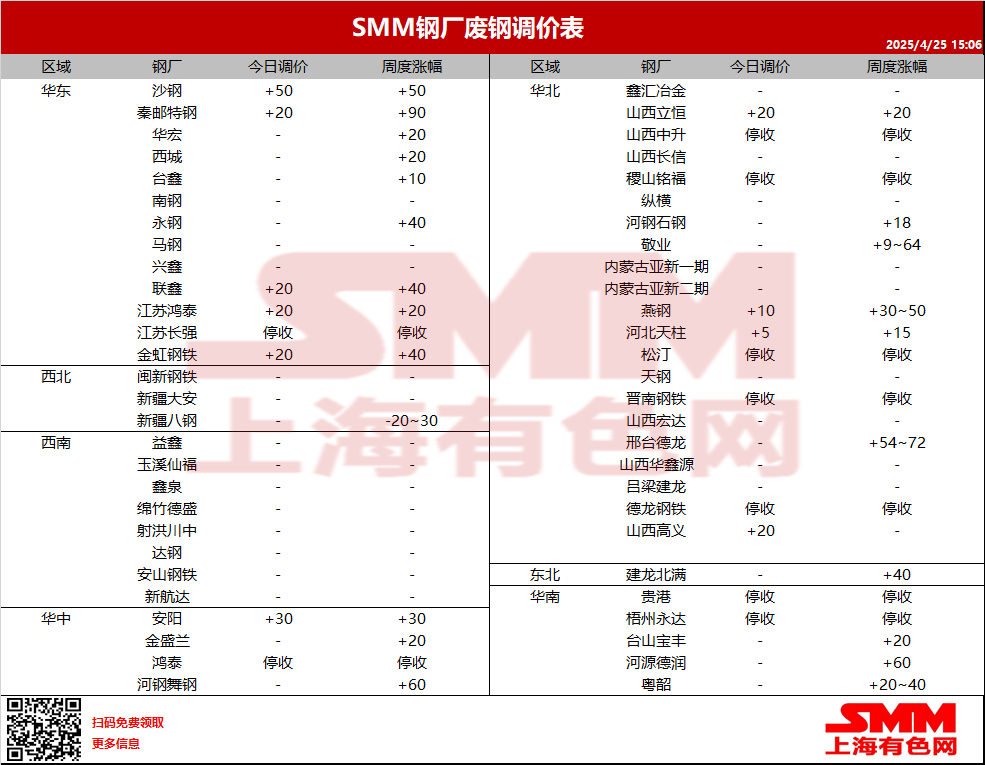In an era marked by market volatility and global uncertainty, Pawan Bharaddia, Co-founder and CIO of Equitree Capital, has managed to deliver exceptional returns through disciplined investing.Under his leadership, the PMS scheme ‘Emerging Opportunities’ turned a Rs 1 crore investment in April FY25 into Rs 1.38 crore by year-end—an impressive 38% return.
In this edition of ETMarkets PMS Talk, Bharaddia shares the investment philosophy, stock-picking framework, and sectoral tailwinds that are powering consistent wealth creation for his investors. Edited Excerpts –Q)Your PMS scheme ‘Emerging Opportunities’ has ranked second in FY25 and has consistently delivered strong returns over the 3–5-year period. What’s been the secret sauce behind this sustained outperformance?A) The foundation of our outperformance lies in disciplined, long-term investing in high-growth businesses.

What’s critical to highlight is that the returns have primarily been driven by the earnings compounding, not multiple expansion. In other words, profits have done the heavy lifting—not sentiment-driven rerating.It’s interesting that we have delivered 52% CAGR over the last 5 years and a large part of our return has come from the underlying business performance itself.
This is evidenced by the fact that the portfolio today trades at 13.5x FY26E earnings, with most of our holdings below their 10-year median PE. The valuation hasn’t expanded; the earnings have.
Our approach is clear: identify fundamentally sound, scalable businesses early, build meaningful positions, and hold through the growth curve. This long-term orientation, combined with valuation discipline, has underpinned our consistent outperformance.Q) Despite volatility, your portfolio delivered 38.
26% CAGR and outperformed BSE 500 TRI by over 32% in FY25. Which sectors or themes fueled this rally?A) We have strategically positioned our portfolio around three key structural themes: manufacturing, engineering, and infra ancillary sectors. Our approach has always been to seek businesses benefiting from strong operational leverage.
This includes those successfully gaining market share, launching disruptive products, or carving out profitable niches within global value chains.For example, some of our portfolio companies have successfully developed and commercialised innovations such as solar-powered agricultural equipment and advanced railway safety technologies.Additionally, we've supported firms who are focused on import substitution and those integrating deeply into global trade dynamics.
Collectively, these themes and tailwinds have significantly contributed to the portfolio’s outstanding performance as these companies scale meaningfully. Q) If an investor had deployed ₹1 crore in April FY25, what would it be worth today?A) Simply put, Rs 1 crore invested at the start of FY25 would have appreciated to approximately Rs 1.38 crore by year-end—leading to a compelling 38% return.
To provide context, during the same period, the broader benchmarks significantly lagged as:● BSE 500 TRI grew to Rs 1.06 crore● NSE Smallcap Index similarly grew to Rs 1.06 croreThe point is not only superior returns, but also that our returns have been built on fundamental, earnings-driven performance, not transient market momentum or narratives.
Q) Your portfolio corrected only ~8% over the last six months. How did you manage downside risk while still staying aggressive on returns?A) Three distinct elements underpinned our resilience:● Earnings Strength: Our portfolio companies consistently delivered solid results, posting a median year-on-year profit growth of approximately 19% in the first nine months of FY25, contrasting starkly with broader market weakness.● Valuation Discipline: Our holdings were strategically positioned near their historical valuation averages, avoiding valuation bubbles and limiting downside exposure.
● Cash as a Strategic Lever: We aren’t compulsive investors. We understand that Small Caps inherently are volatile and practice staggered investing to leverage this volatility to our advantage irrespective of market conditions. In this case, for the new funds that we got over the last 6 months, we were holding around 60–70% in cash which helped us to contain the fall over the last 6 months.
Likewise, we also tapered off some of our holdings to generate some cash for our existing investors which has also come in handy to contain the fall. We’ve since been deploying this cash prudently as the market corrections have given a fantastic opportunity.Risk management is deeply embedded in Equitree’s DNA - it’s instilled in how we pick, size, and scale our positions.
Q) What’s your stock-picking framework?A) Our investment methodology is strictly bottom-up, anchored by deep business understanding and high conviction in management's integrity, ability, and executional track record.We typically invest in businesses with at least two decades of operational history, providing substantial insight into management behaviour, capital allocation strategies, and execution capabilities—essential aspects to minimise risks and avoid surprises.We conduct thorough due diligence involving detailed shop-floor visits, extensive management and mid-management engagements, competitive benchmarking, and granular financial analysis.
Additionally, we strongly favour businesses with healthy internal cash flows, minimal leverage, and proven sustainability. To illustrate, barring just one exception, none of our 15 portfolio companies have raised fresh external capital in recent years.Our selection framework revolves around four core pillars: Growth Visibility, Reasonable Valuation, Management Quality, and Robust Cash Flow Generation.
Q) Small & Midcaps saw major sell-offs post-September. What’s your view heading into FY26?A) While the valuations have been corrected, eventually markets will only look at growth. The opportunity lies in ground-level investing, not thematic sweeping.
We continue to see considerable earnings visibility and robust prospects in manufacturing, engineering, infra ancillaries, and certain consumer-oriented sectors. For context, our portfolio companies anticipate 25–30% earnings growth for FY26.Nonetheless, potential global risks - such as shifting trade tariffs and geopolitical developments - could pose challenges.
Yet, high-quality businesses positioned in structurally sound sectors are well-placed to emerge as significant wealth creators.Q) Nearly 40% of small caps posted over 20% growth. How do you separate the real winners from the value traps?A) Navigating the small-cap space demands rigorous discipline.
Our approach, refined over more than a decade, has enabled us to achieve an 85% hit rate in stock selection, i.e 36 out of 42 companies invested in since 2012 have been successful delivering a minimum CAGR of 30%+ across each of these investments.We employ several stringent criteria to distinguish quality opportunities from value traps:● PEG > PE: A stock's low valuation alone doesn’t signify value.
We prioritize PEG ratios under 1, implying that if a stock trades at 30x earnings, it must demonstrate at least 30% earnings growth.● Substance over Stories: We avoid speculative, unproven businesses banking on projected futures. Instead, we focus on proven, sustainably profitable businesses with tangible growth and financial resilience.
● Historical Management Patterns: Extensive operating history provides critical insights into management’s historical behaviour and decision-making, helping us anticipate and mitigate hidden risks.Q) You've highlighted manufacturing, engineering, and infrastructure. What tailwinds are driving these sectors?A) Absolutely.
These sectors are benefiting from multi-layered, long-duration tailwinds that are both policy-driven and structurally embedded in India’s economic transformation:1. Policy Thrust and Reform Momentum: The government’s Make in India push, along with sector-specific Production Linked Incentive (PLI) schemes across 14 sectors, has injected fresh capital and incentives into domestic manufacturing. Beyond fiscal support, we're seeing tangible ease-of-doing-business improvements—India jumped from rank 142 in 2014 to 63 in 2020 in the World Bank rankings (before the index was discontinued).
Additionally, corporate tax reforms, labor code rationalisation, and digitisation initiatives have created a more conducive environment for formal, organised industrial growth. We are seeing an increased focus on import substitution which is driving opportunities in the manufacturing & engineering sectors.2.
Export Upside and Global Realignment: India’s merchandise export market share has grown from 0.9% in 2005 to 1.8% in 2023.
Yet, that still pales in comparison to China’s ~14% share—suggesting massive headroom for Indian exporters. Key categories like auto ancillaries, electronics, home textiles, industrial machinery, and chemicals are gaining traction globally. With Western companies diversifying supply chains (China+1, Europe+1), Indian manufacturers are stepping up to fill gaps—especially in precision engineering and components.
3. Infra Spending Boom: Infrastructure investment has seen an unprecedented rise, from 1.7% of GDP in FY20 to 3.
4% in FY25. The government’s ₹11.11 lakh crore capital outlay in the FY25 Union Budget—the highest ever—covers Railways, Roads, Ports, Defence, Green Energy, and Digital Infrastructure.
This not only benefits core infra players but also second- and third-order beneficiaries in materials, logistics, safety systems, and specialised engineering solutions.From our vantage point, these tailwinds are not cyclical—they are structural. What we’re seeing is the foundation of a manufacturing renaissance in India.
We’re positioning accordingly, backing companies that are either first movers or category leaders in these domains, with strong balance sheets and execution pedigree. Q) How are global shifts like China+1 and Europe+1 influencing your allocations?A) Europe+1 opportunity is clearly accelerating for Indian manufacturing. Europe is going through de-industrialising—Germany’s manufacturing PMI was below 45 for over 10 straight months in 2023 due to energy shocks and labor shortages post-Ukraine war.
A lot of Indian companies are rising to the occasion and leveraging this opportunity. We are already seeing capacity shifting to India, particularly in auto systems, industrial components, and engineering services.China+1 is more selective.
The migration is already visible in specialty chemicals (India now has over 12% global share, up from 3% in 2011), electronics, and apparel. Order books of some of our portfolio companies in these sectors are seeing growth of 20–30% YoY, validating the shift.We are continuously on look out for entrepreneurs who have scaled up in terms of their product quality and have got a foot in the door in the global supply chain and have the ability to leverage these opportunities.
Q) You’re now deploying cash post-correction. What criteria are guiding your capital deployment?A) We are actively allocating capital into existing high-conviction positions where fundamentals remain intact and valuations have become even more compelling post-correction. Many of these businesses are trading at or below their 10-year median P/E ratios, despite continuing to deliver strong earnings visibility and sectoral tailwinds.
While the correction has created pockets of deep value, we are aware of the second-order risks emanating from global tariff re-alignments which will result into potential supply chain bottlenecks, as well as other geopolitical issues linked volatility.As such, our deployment is always staggered, risk-aware, and anchored in long-term fundamentals—never an impulsive call. Our cash levels are now reducing, but we are still keeping enough dry powder to capitalise further if volatility persists.
This discipline has historically allowed us to deploy from a position of strength and build positions with favourable asymmetry.(Disclaimer: Recommendations, suggestions, views, and opinions given by experts are their own. These do not represent the views of the Economic Times).
Business

ETMarkets PMS Talk | Rs 1 cr in April FY25 became Rs 1.38 cr: Here’s how Pawan Bharaddia is building wealth for investors

The foundation of our outperformance lies in disciplined, long-term investing in high-growth businesses. What’s critical to highlight is that the returns have primarily been driven by the earnings compounding, not multiple expansion. In other words, profits have done the heavy lifting—not sentiment-driven rerating.














